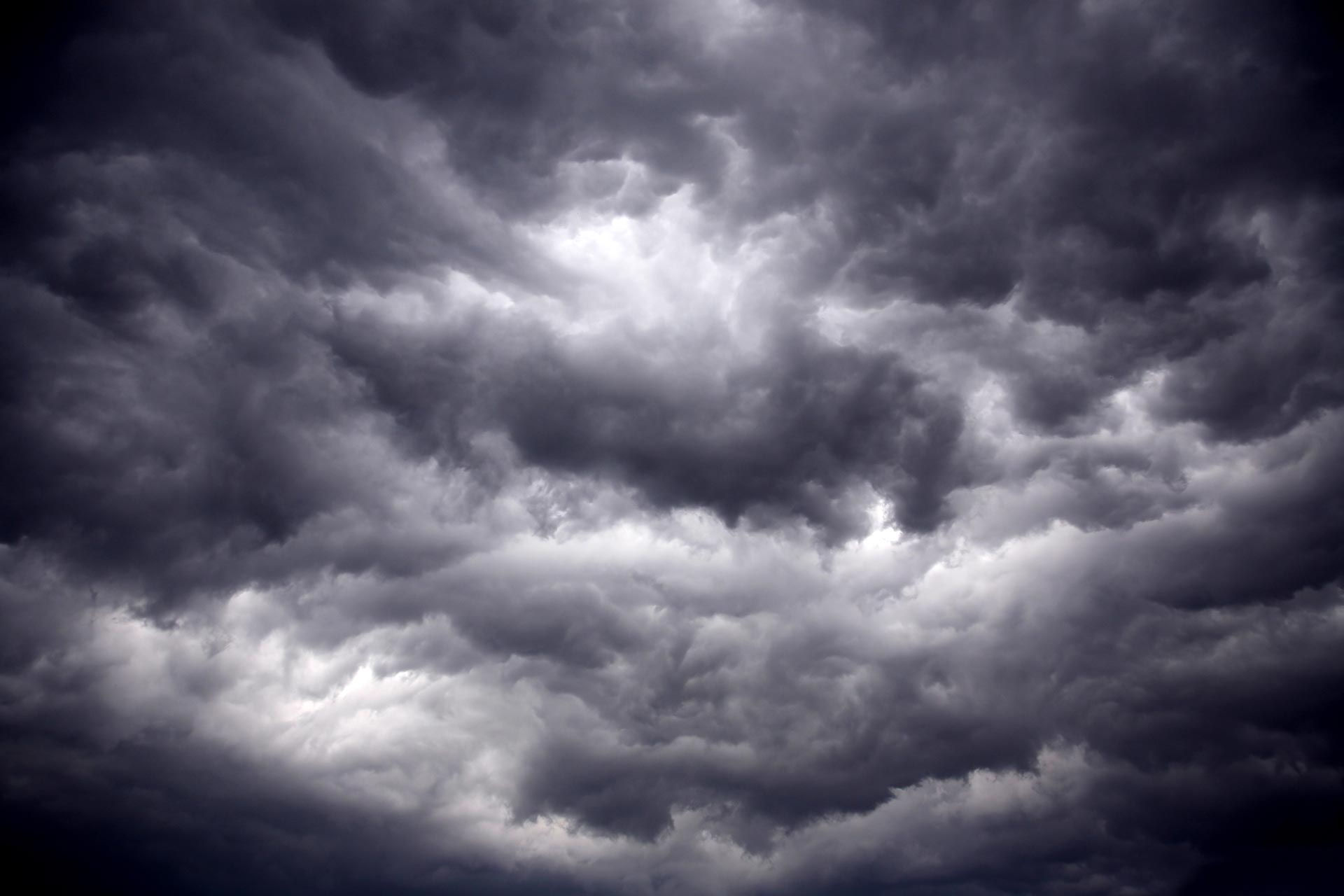
Ugo Bongarzoni
Artist ,Curator and Art Critic
The art of Ugo Bongarzoni read by Alessandro Piccinini ( from autographed text )
When in the early ‘900 Wassili Kandiskiy togheter with Alfred Kubin and their friends Franz Marc and Munter Gabrili decided to found the group "Der Blaue Reiter", he didn’t know that, soon, the doors of the art would be wide open to a future as productive than prolific and exciting compared to the values until then well hidden behind a cover of close figurative vision.
The work of Ugo Bongarzoni , at least that one relative to the scenes of strong dynamism of the sea and its heroes, in addition to appearing mysterious, from the shadows of a mysterious dark blue landscape where the leaden sky is inlaid by broken flashes, it generates surprises within a polymaterialism that in a provocative dialogue and in the choice of subjects, are bordering on sometimes shocking solutions. Often the images the artist offers us have as only reference an imaginary world, with their own different theorems that subvert the order of things, in their structural, formal and chromatic relationship, in a very confined space of the action, where air, water and fire are the only matter . The dark space of the funds from which the figures, dynamics and even voluptuous seem to be generated, is the night dimension of dreams, allegories and memories. Everything is built with accurate dogmatism and supported by a solid sign and a structural amalgamation in the varied play of contrasts between light and shadow, rituality and sublimated ecstasy.
Paraphrasing Asper Jorn when he says that "every act of imagination is a magic act, a taking possession of the desired object" it is natural to say that the color, in Bongarzoni too, is the caryatid, the instrument of his "act" of imagination that enhances the charm and causes other invention’s original reasons. To be clear, when you paint, moving from "gender" images, you act thinking that "painting / art" also means self-analysis and self-awareness. The suggestive, mythical, spatial scenographies, suffering and rituals, seem almost always rekindle the fire of the context, of the memory and of the ancestral and archetypal symbolism.
And it is in this perspective,in the natural contemporary events of our age, that the artist's work acquires a different sense in which the elements that represent the existence capture the fleetingness of time in dialogue with the time that is in us and where reality touches the "Nothing" to become the "Whole". A kind of anchor that gives his artwork confidence and security.
Rome May 21, 2015
